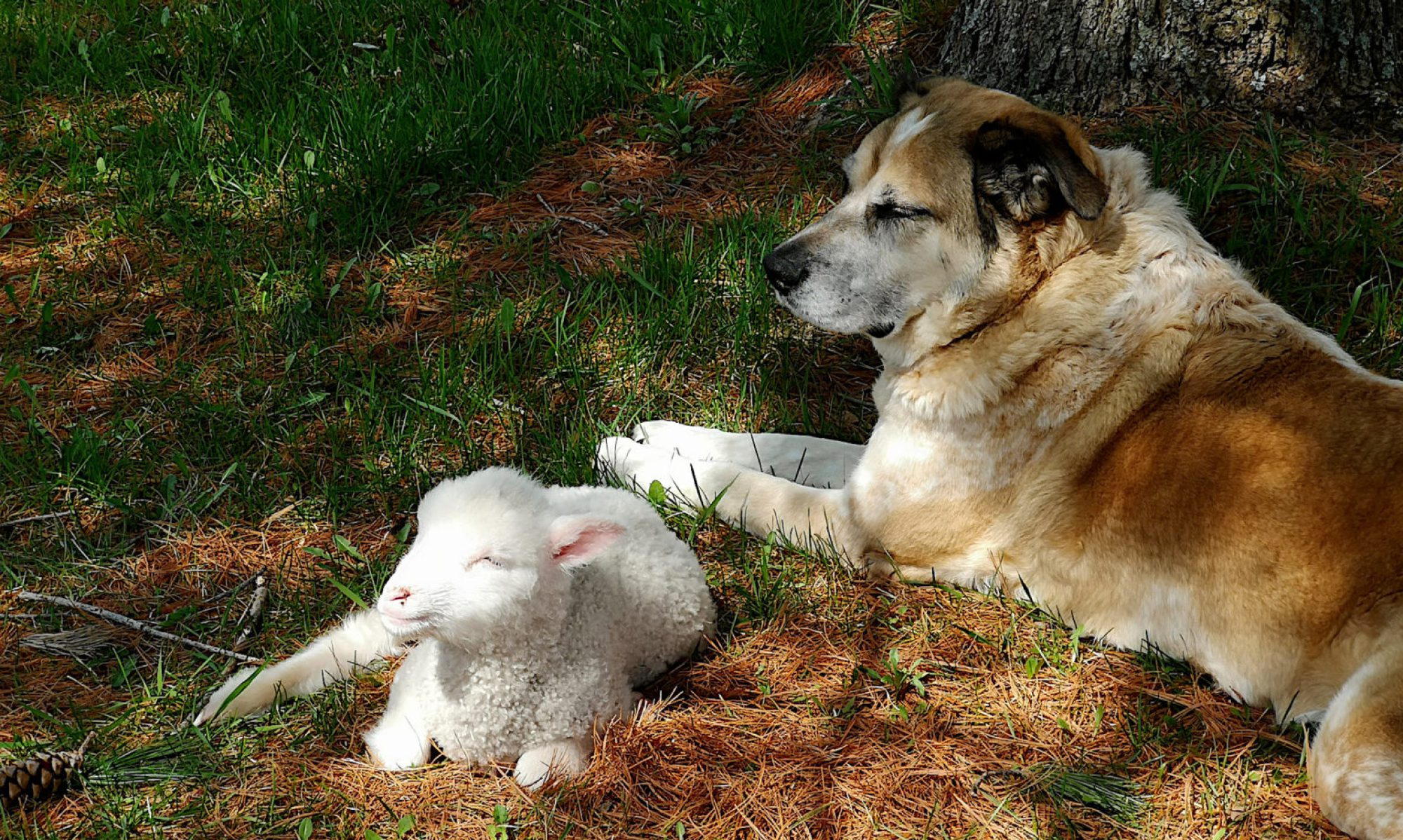Note: This is a version of my personal newsletter, which I send out via Ghost, the open-source publishing platform. You can see other issues and sign up here.
Twitter executives deceived federal regulators and the company’s own board of directors about “extreme, egregious deficiencies” in its defenses against hackers, as well as its meager efforts to fight spam, according to an explosive whistleblower complaint from its former security chief. The complaint from former head of security Peiter Zatko, a widely admired hacker known as “Mudge,” depicts Twitter as a chaotic and rudderless company beset by infighting.

The Hollow Core of Kevin Kelly’s “Thousand True Fans” Theory
Dave Karpf takes a look at the foundations of former Wired editor Kevin Kelly’s “thousand true fans” theory, and finds that it hasn’t aged very well. Niche artists can find audiences and make a living by doing so, he says, but: “As the network gets bigger, the platforms develop algorithms to help people discover what they are looking for/what they want but might not be looking for yet. It results in a power law/rich-get-richer phenomenon, driving attention and audiences toward the biggest successes and away from the niches.”

Migratory birds form massive doughnut on weather radar
There were so many birds flying over Ontario’s Long Point peninsula on Sunday that they appeared as a massive doughnut on American weather radar in Buffalo, N.Y. The image has been captured and shared widely on social media — a sign of the annual southward migration of millions of birds that’s in full swing across Canada as the arrival of shorter days and cooler temperatures signals them to take flight in search of sunnier weather far to the south. The phenomenon is called a “roost ring.” The U.S. National Weather Service describes it as “when the radar beam detects thousands of birds taking off from their roosting sites around dawn to forage for insects.”

Why eating meat was banned in Japan for centuries
For both religious and practical reasons, the Japanese mostly avoided eating meat for more than 12 centuries. Beef was especially taboo, with certain shrines demanding more than 100 days of fasting as penance for consuming it. The story of Japan’s shift away from meat began with the arrival of Buddhism from Korea in the 6th century. At that time, the Japanese were meat eaters. Venison and wild boar (which was sometimes called yama kujira, or “mountain whale”) were particularly popular. Aristocrats enjoyed hunting and feasting on deer entrails and wild fowl.

Why doesn’t health insurance cover eyes and teeth?
One of the main reasons why our eyes and teeth are ignored by most health-care plans has to do with history and stigma. For one, dentistry and medicine have long been considered to be distinctly different practices. Until the 1800s, barbers served as unsophisticated dentists, pulling teeth and piercing abscesses after giving you a nice, close shave. As time went on, dentistry (and ophthalmology, to some degree) was regarded as less advanced than medicine, which seeped into the minds of Congress while they formulated public health insurance policies in the 1960s.

The juicy secrets of stars that eat their planets
Researchers call them “cannibal stars” (although it is planets they eat, not other stars), and they might explain tantalizing mysteries in astronomy, weird orbital configurations and polluted starlight that have puzzled scientists for years. But there is a more basic appeal: Studying planetary engulfment may help us understand the very long-term fate of Earth and provide clues in the search for extraterrestrial life. What could be more human than forecasting the end of the world and pondering whether we are alone in the universe?

In 1663, the partial fossilised skeleton of a woolly rhinoceros was discovered in Germany. This is the “Magdeburg Unicorn”, one of the worst fossil reconstructions in human history. pic.twitter.com/rmV1vcB3LY
— Brian Roemmele (@BrianRoemmele) August 14, 2022
